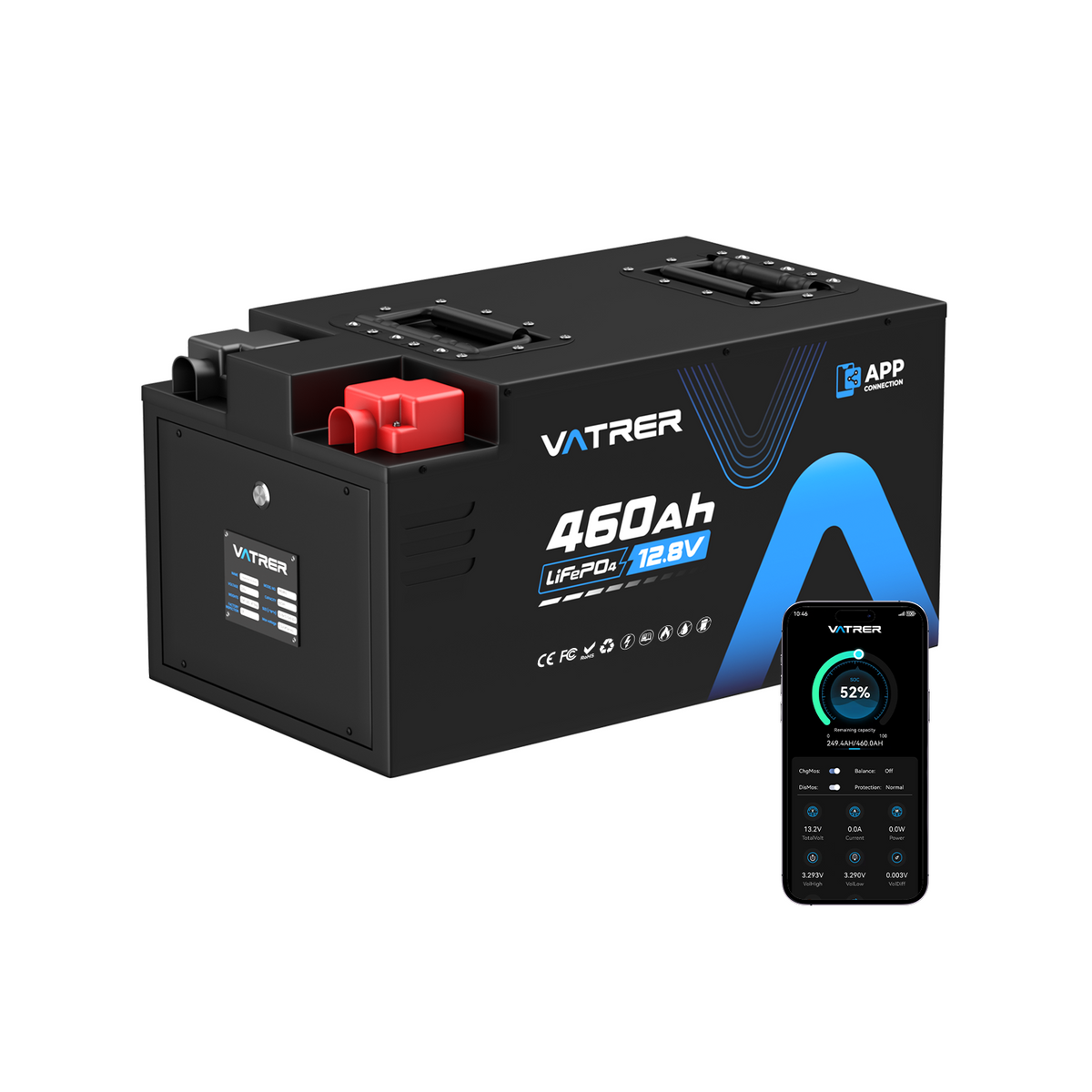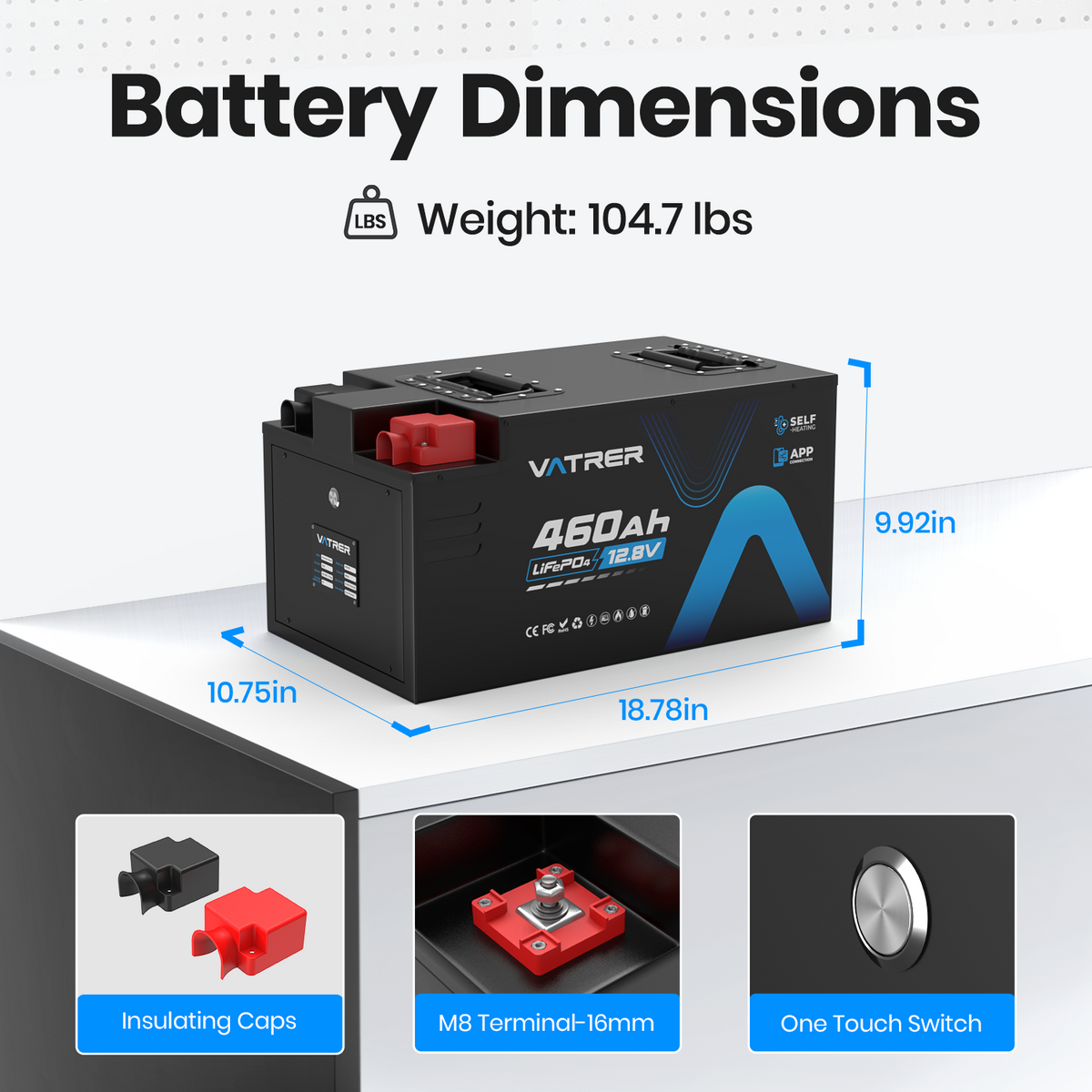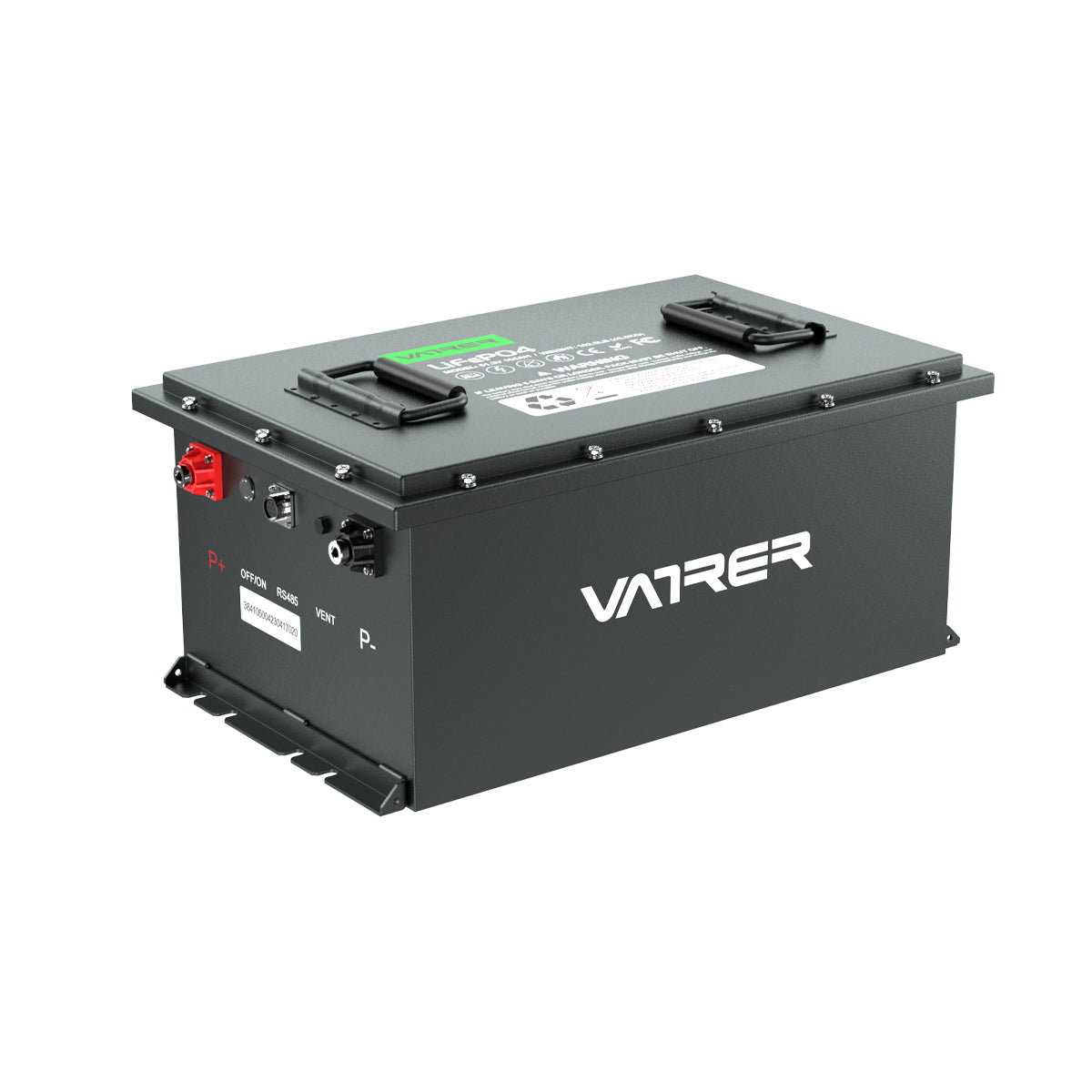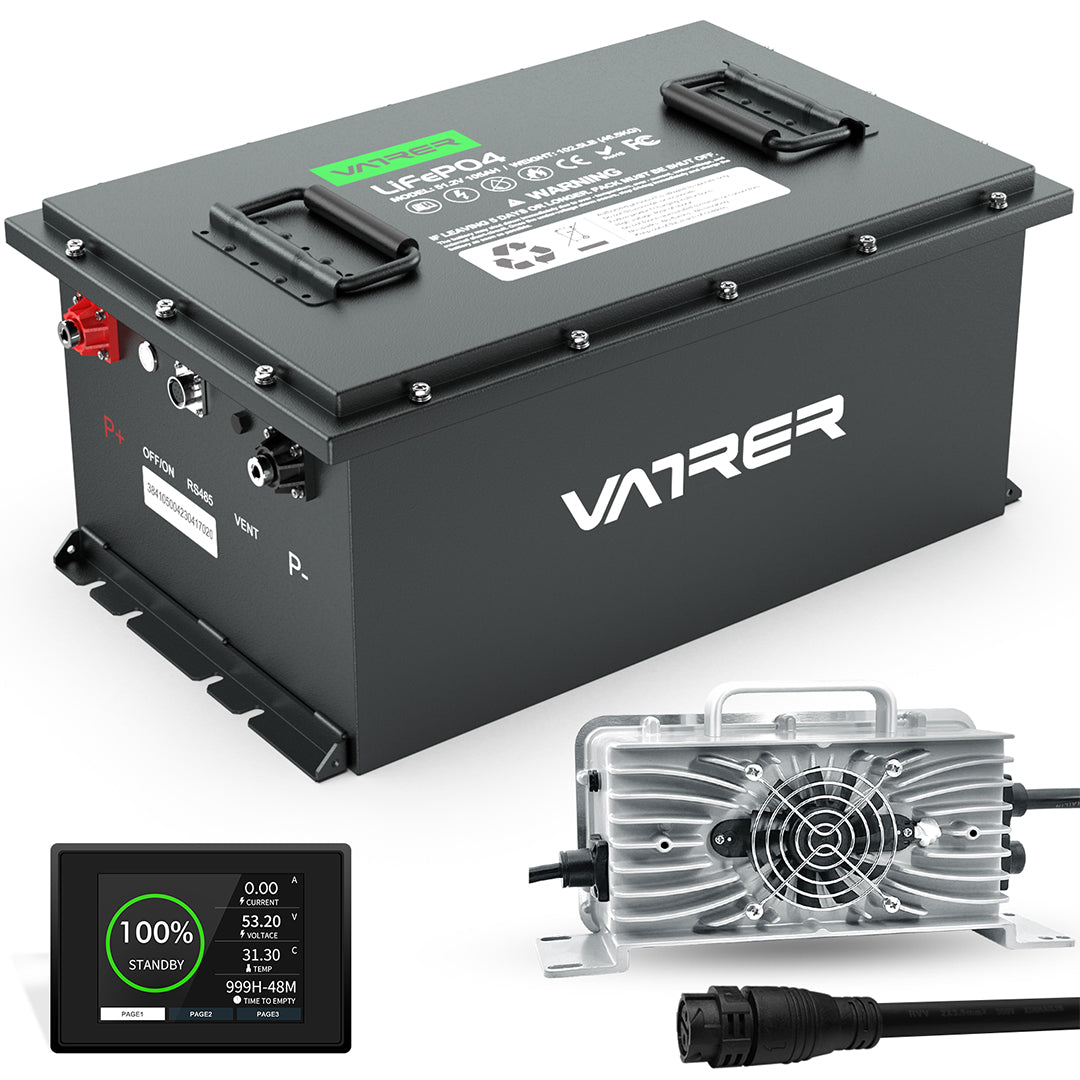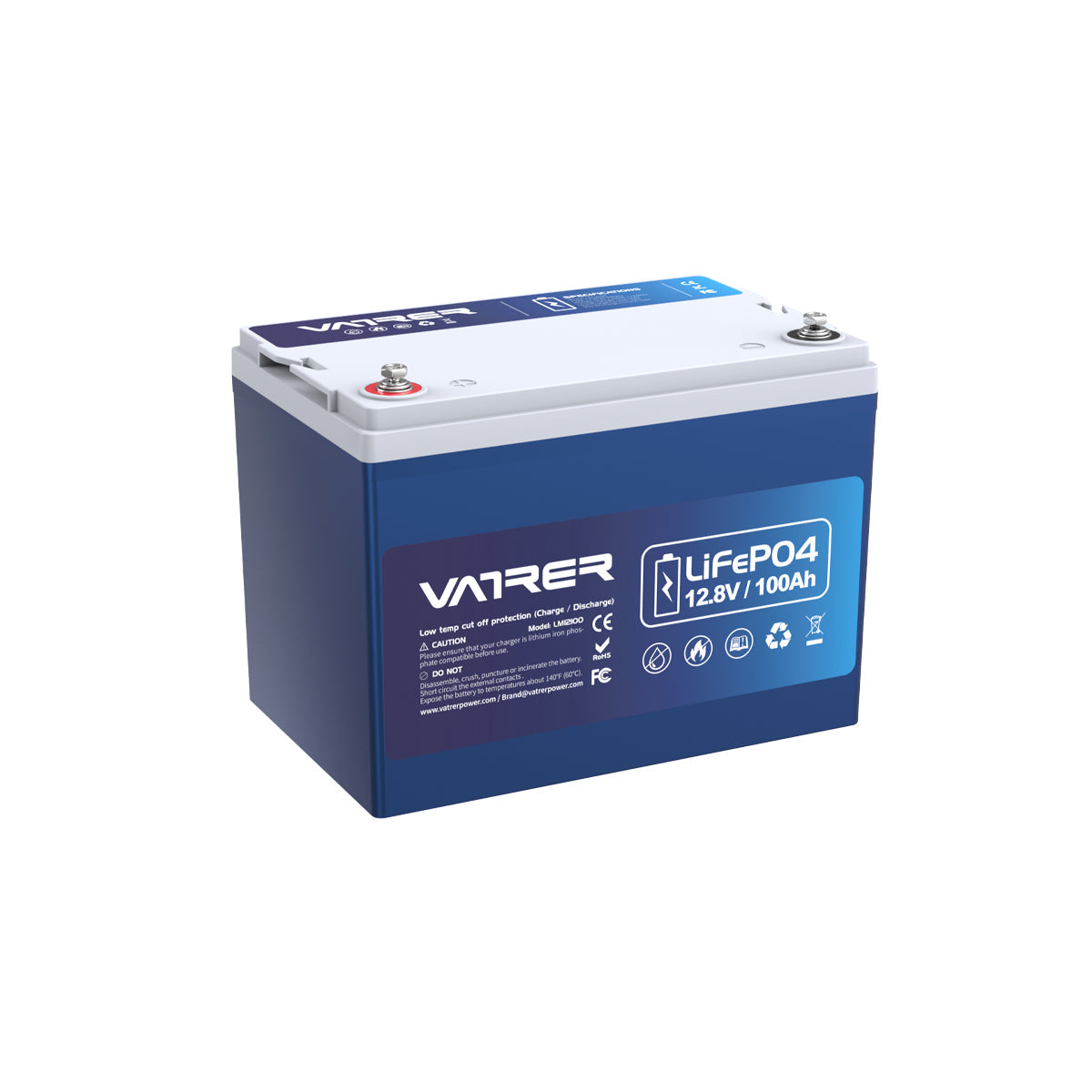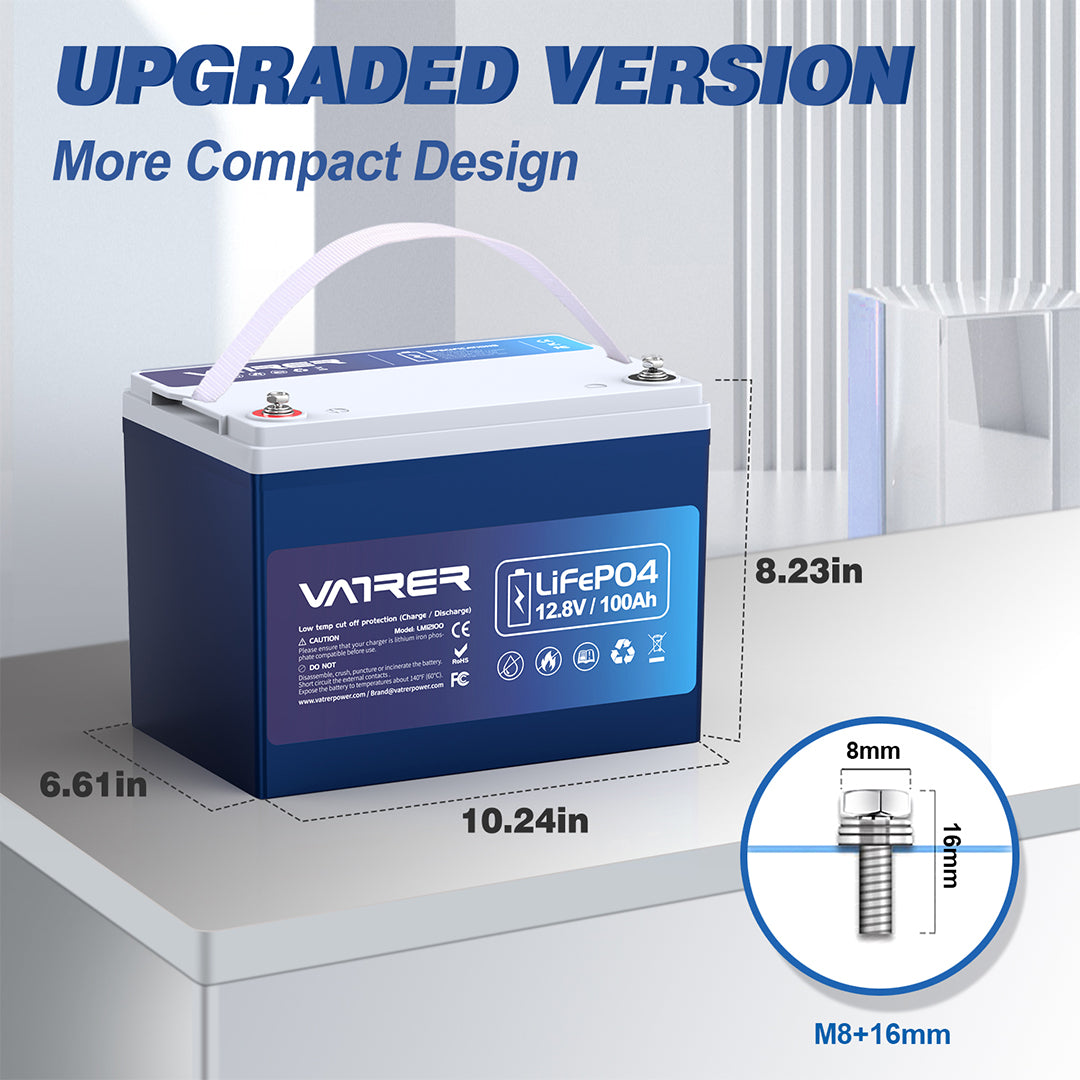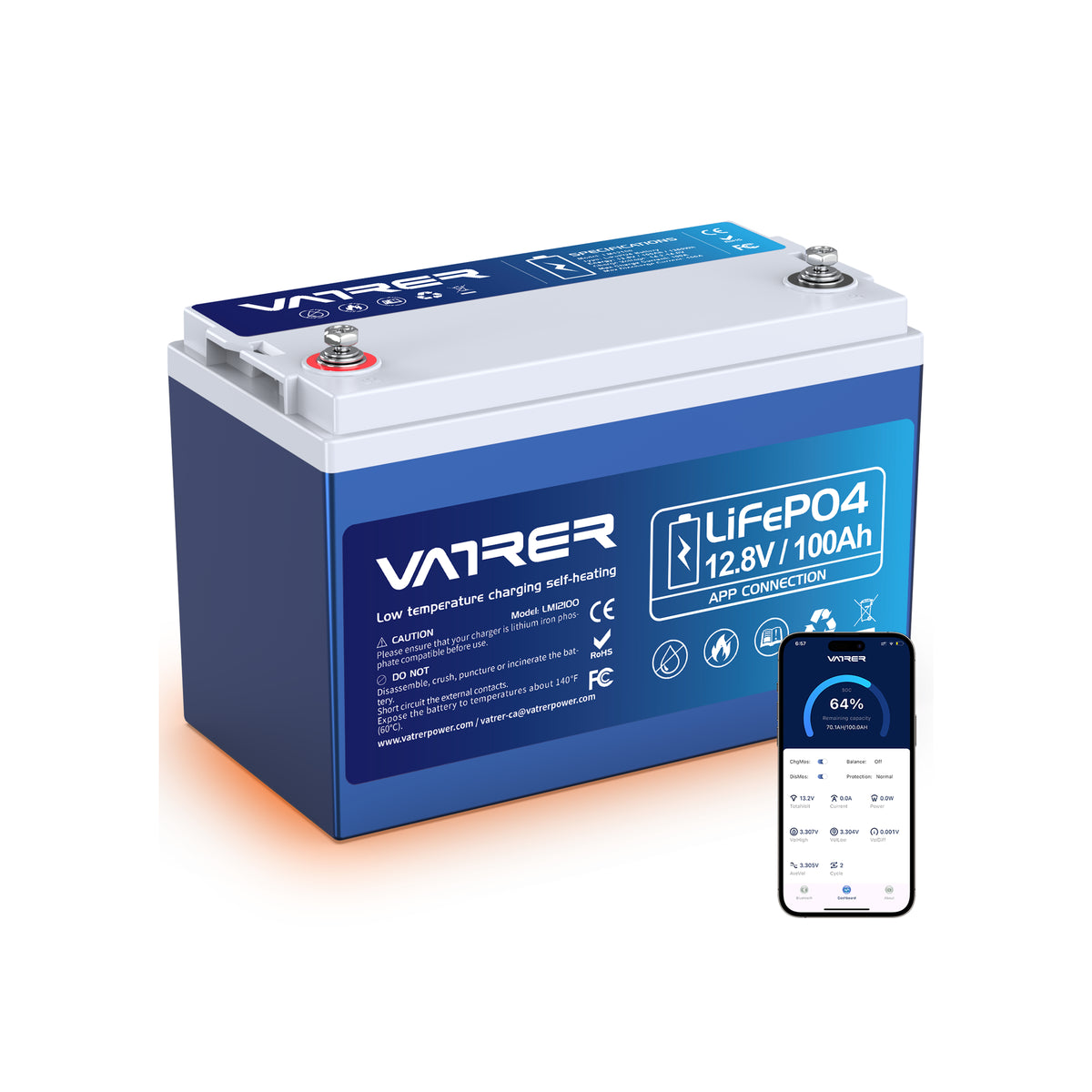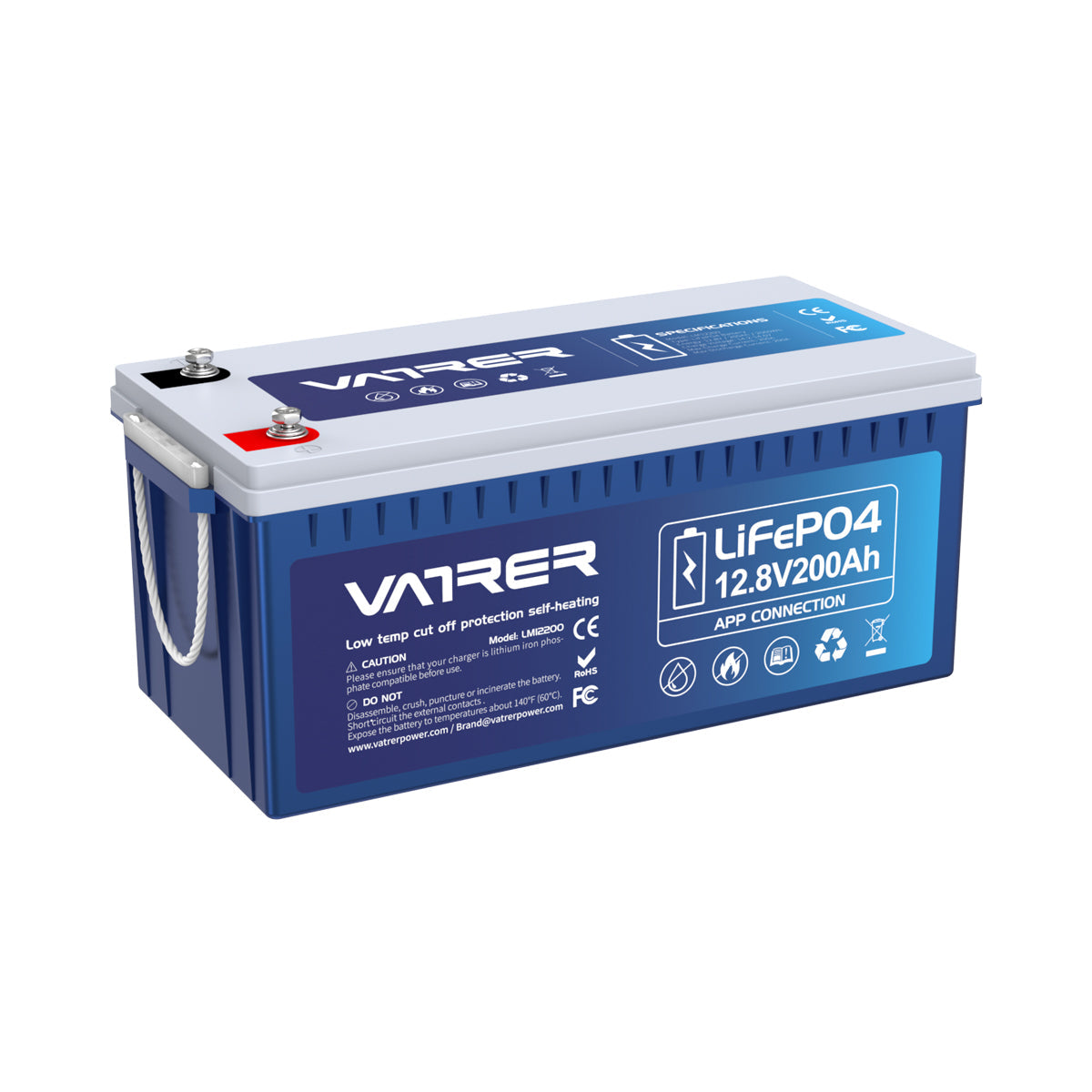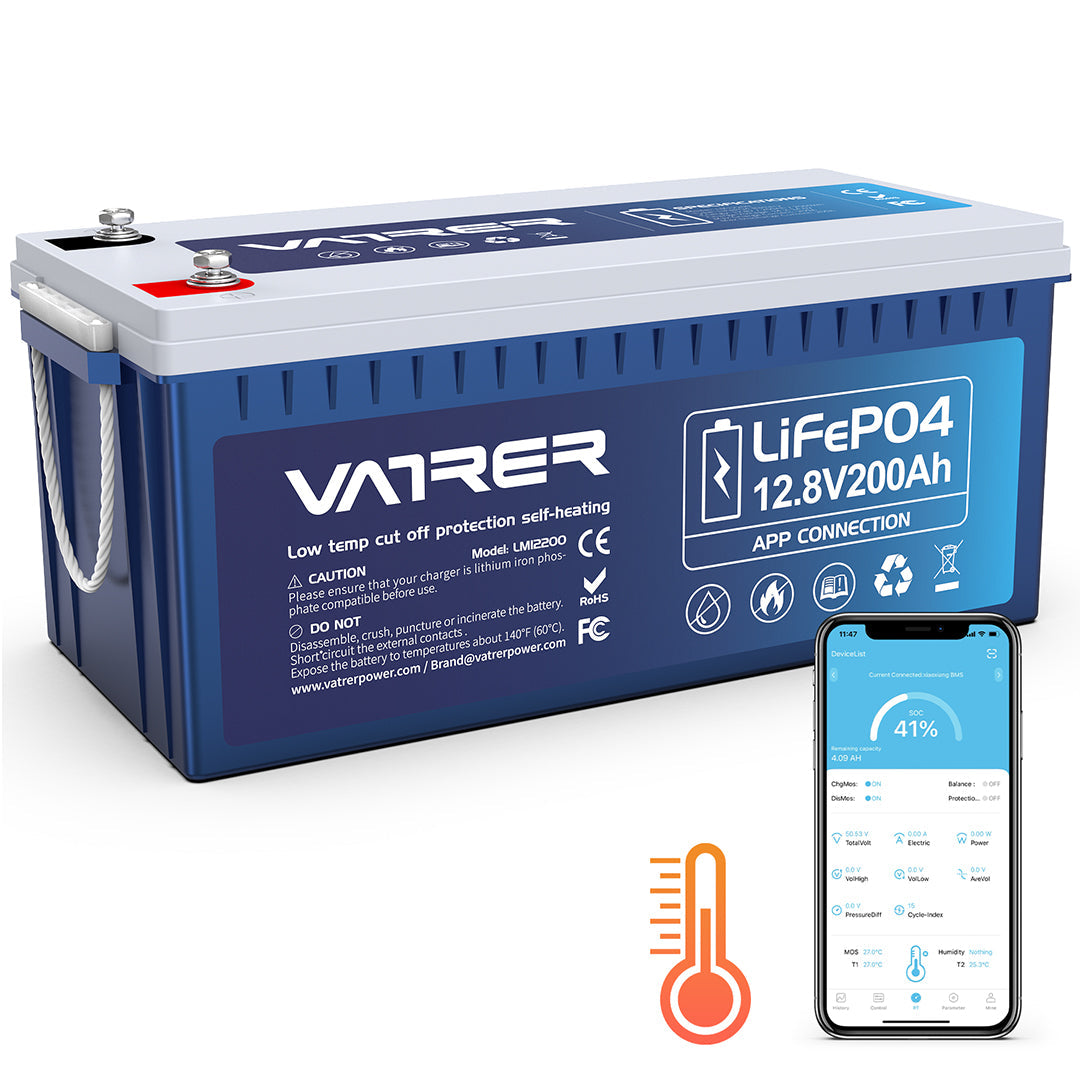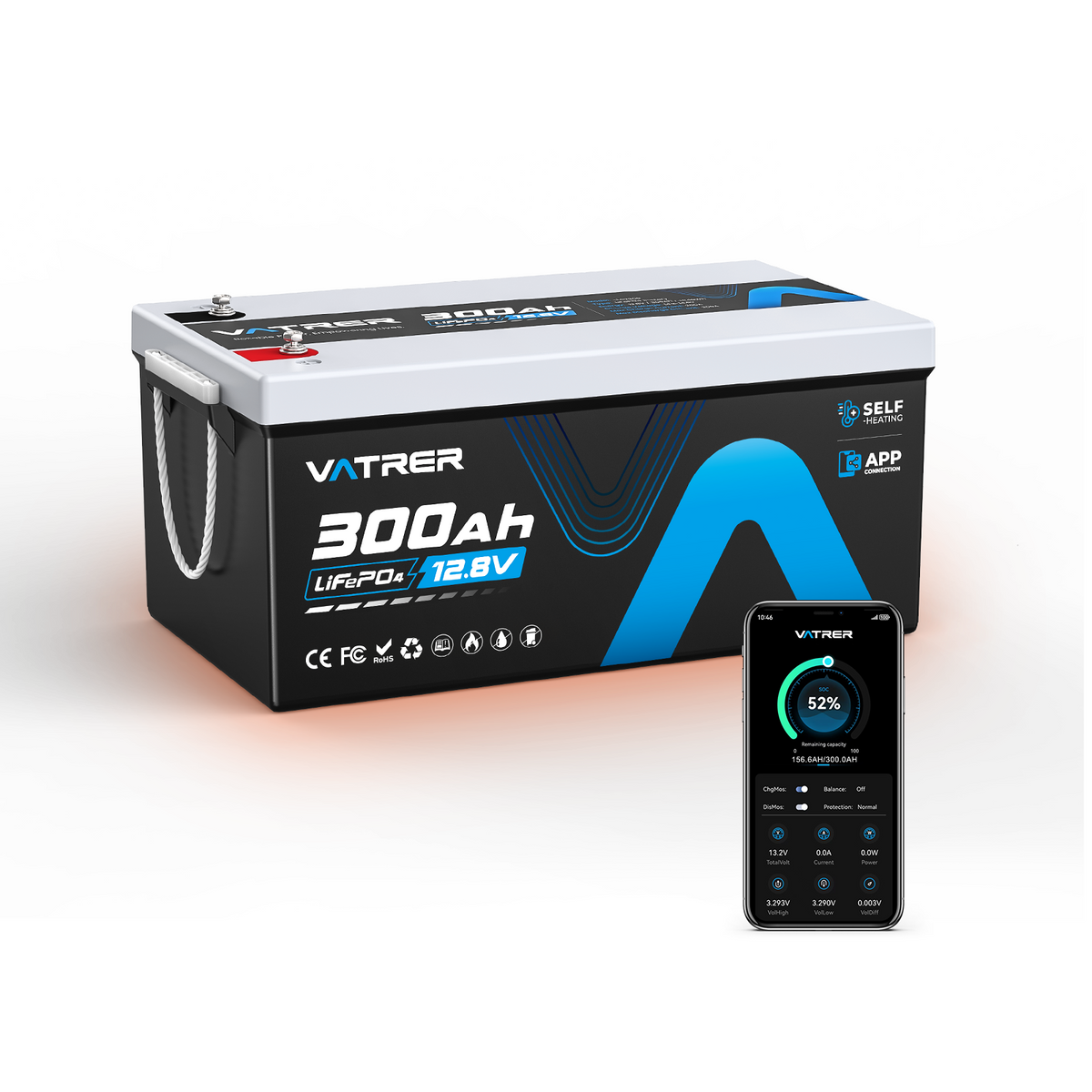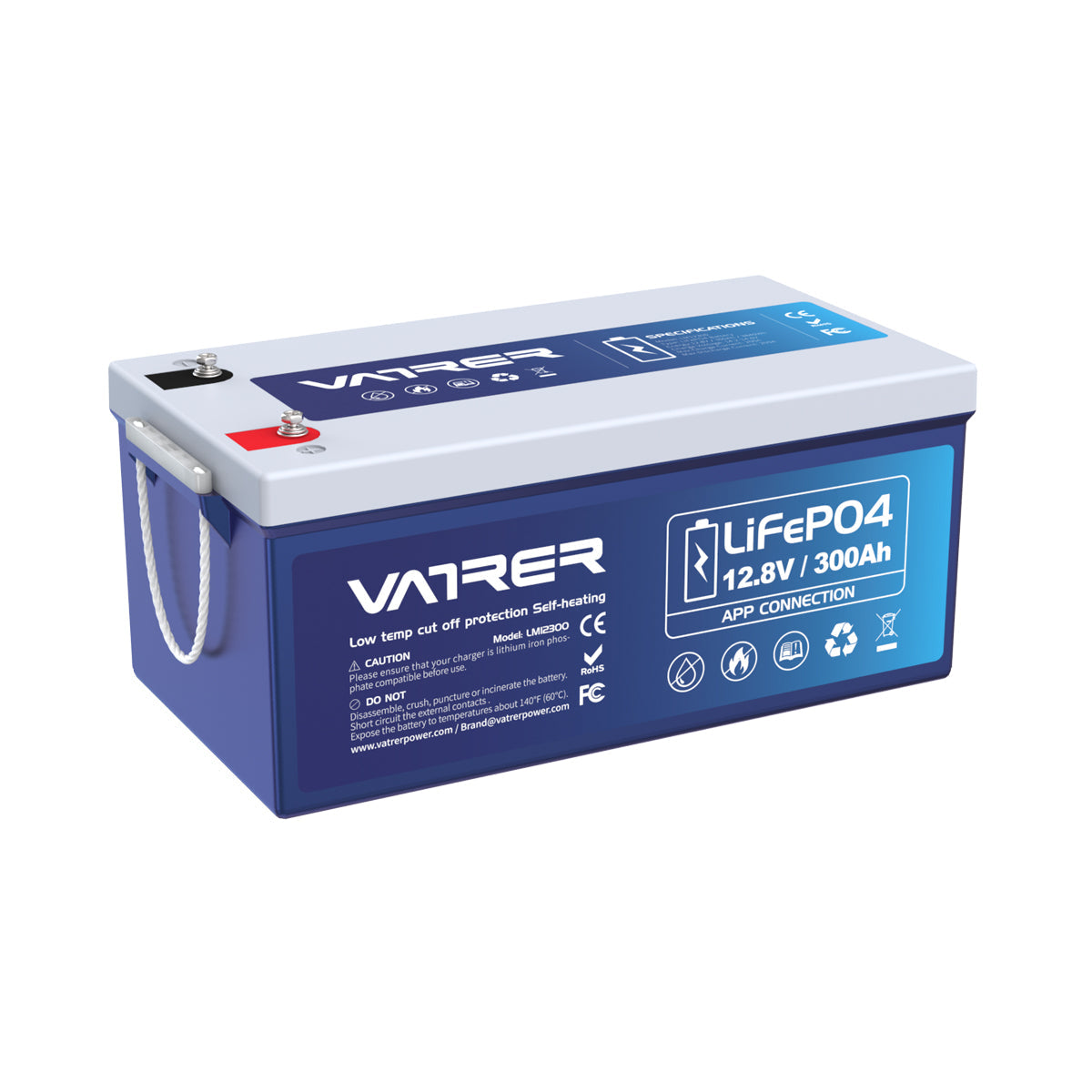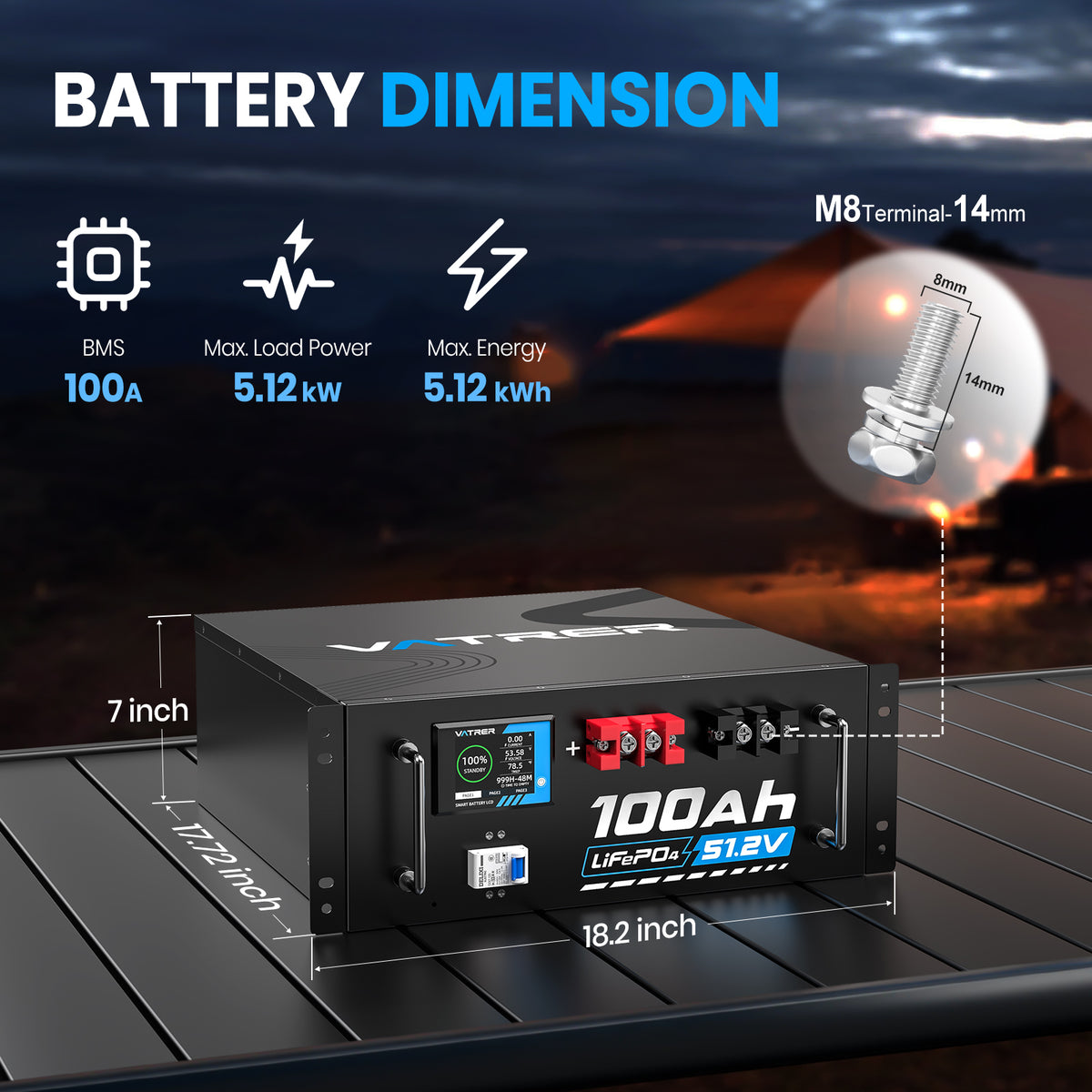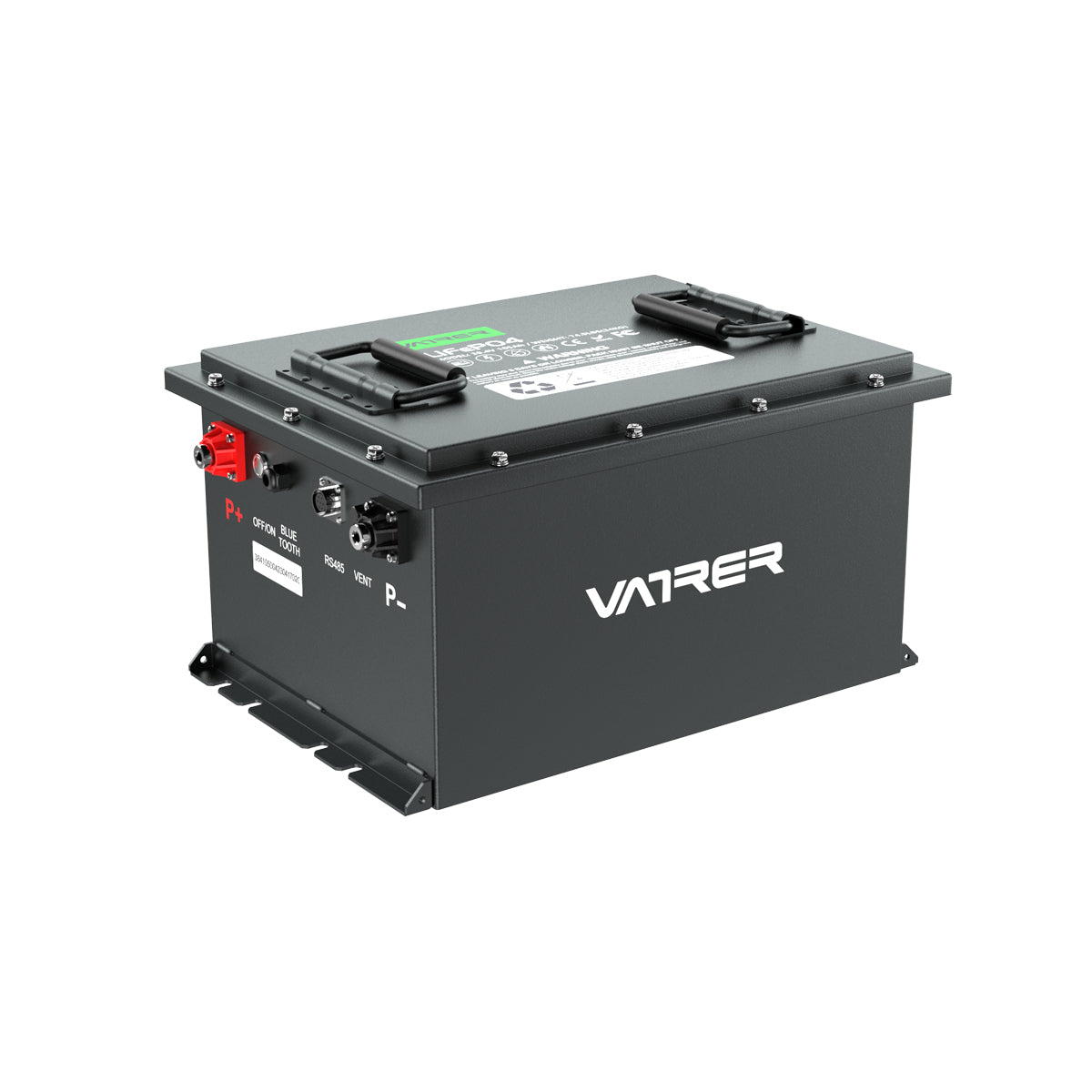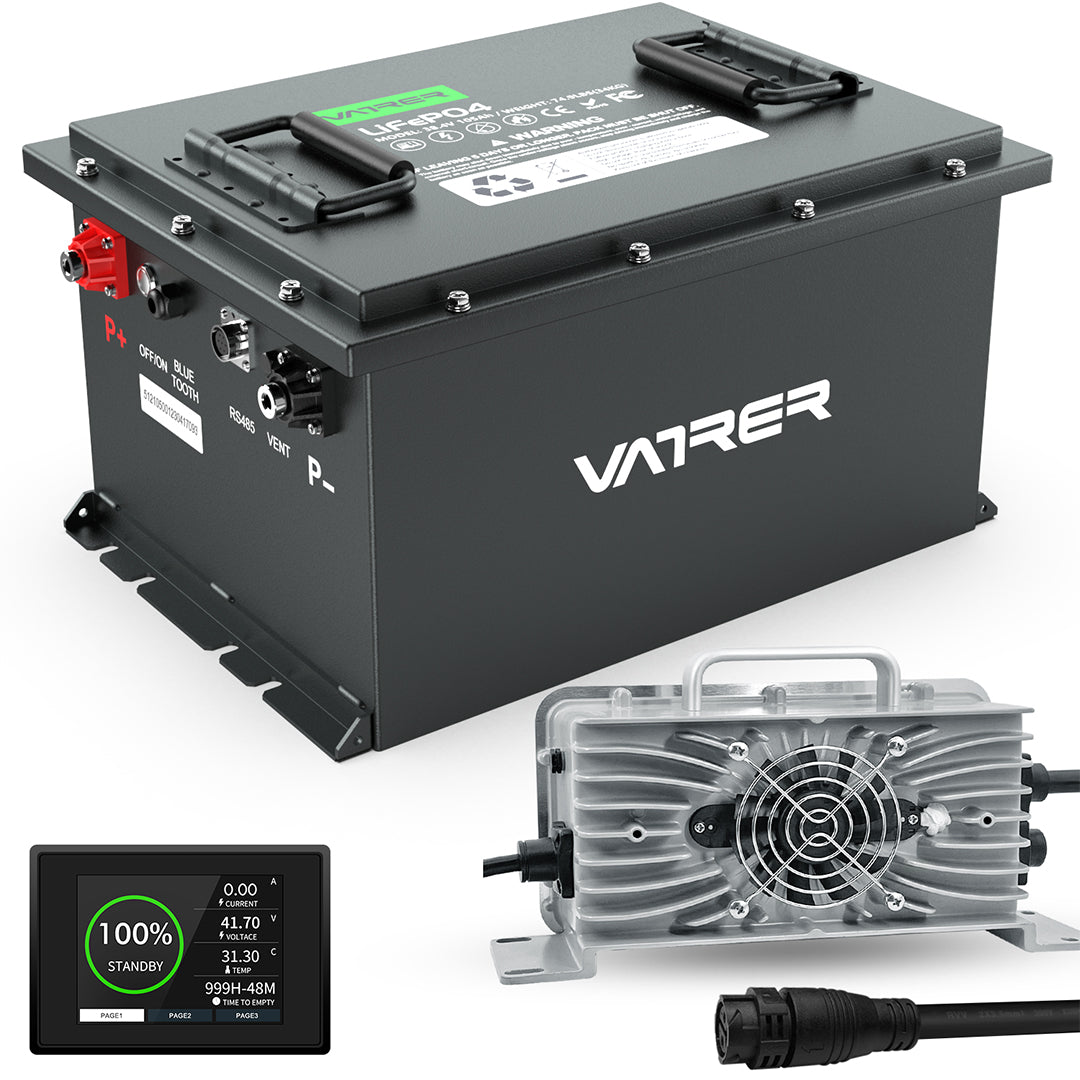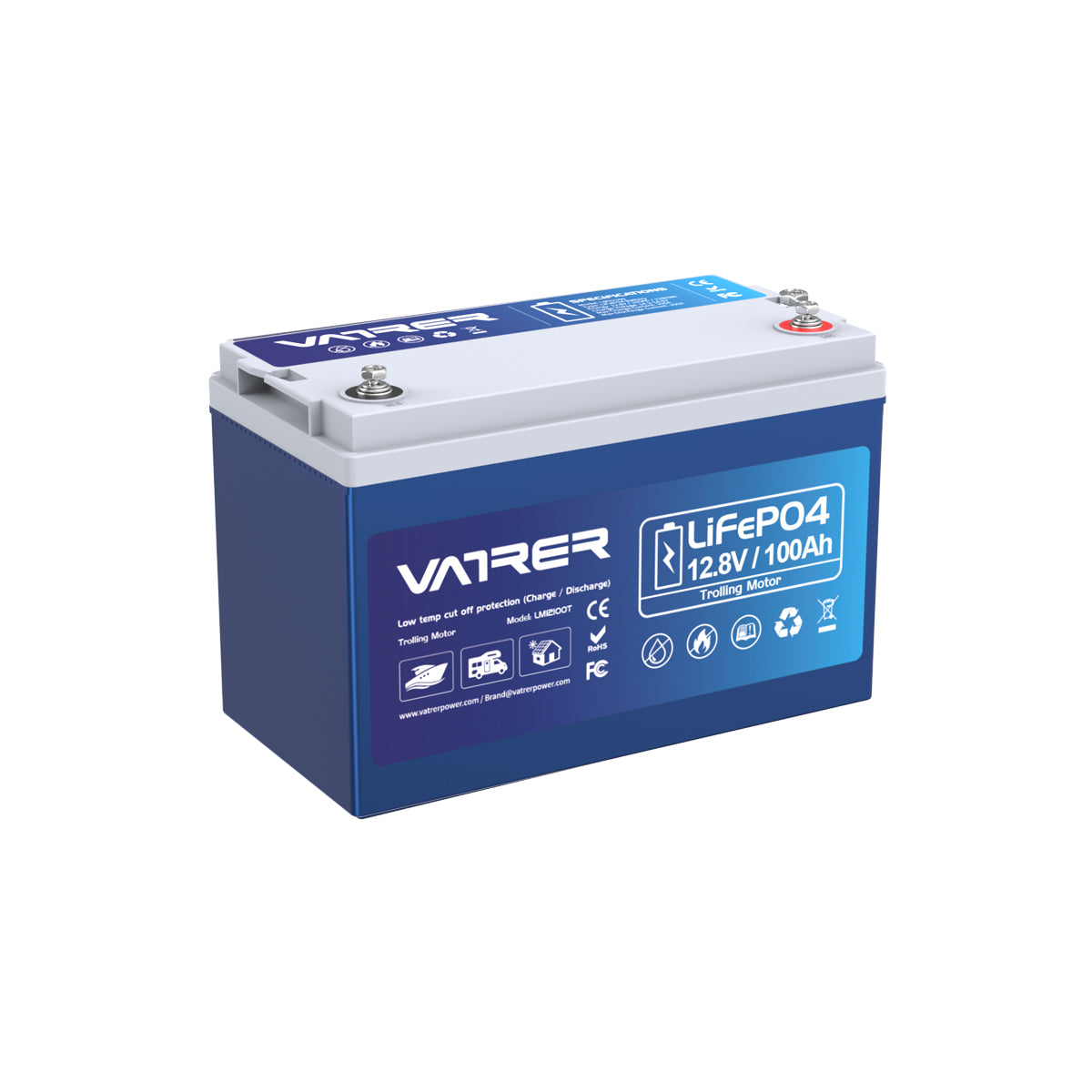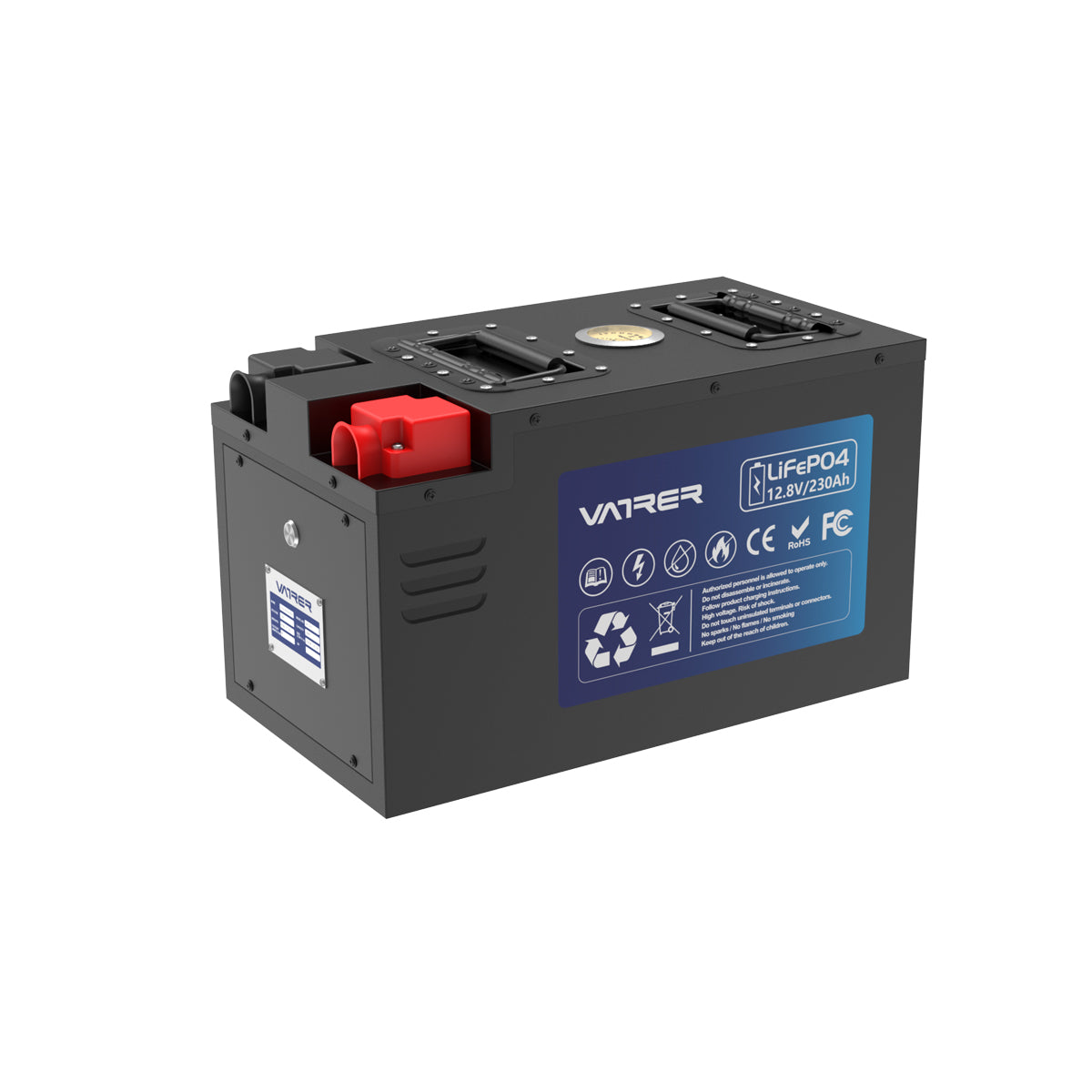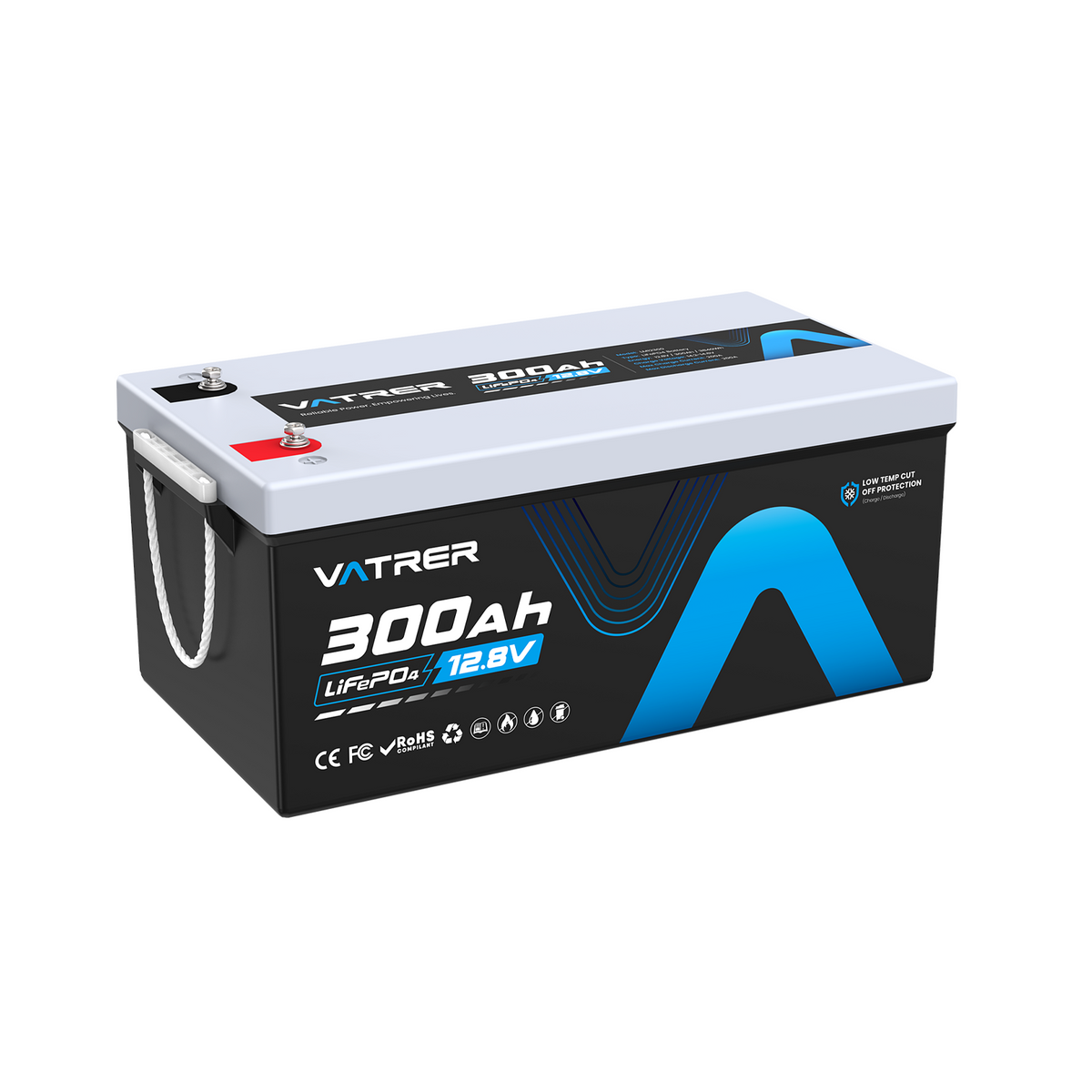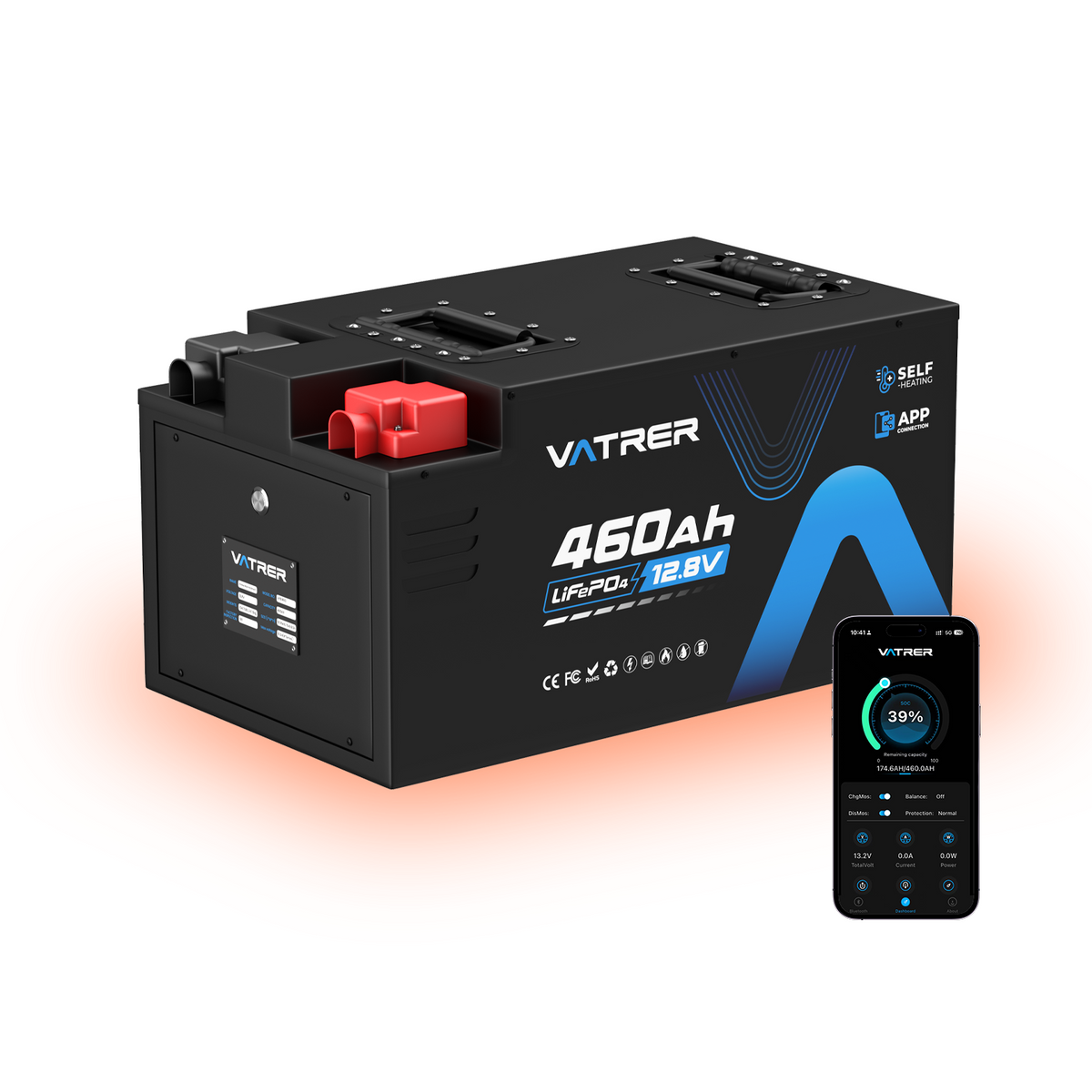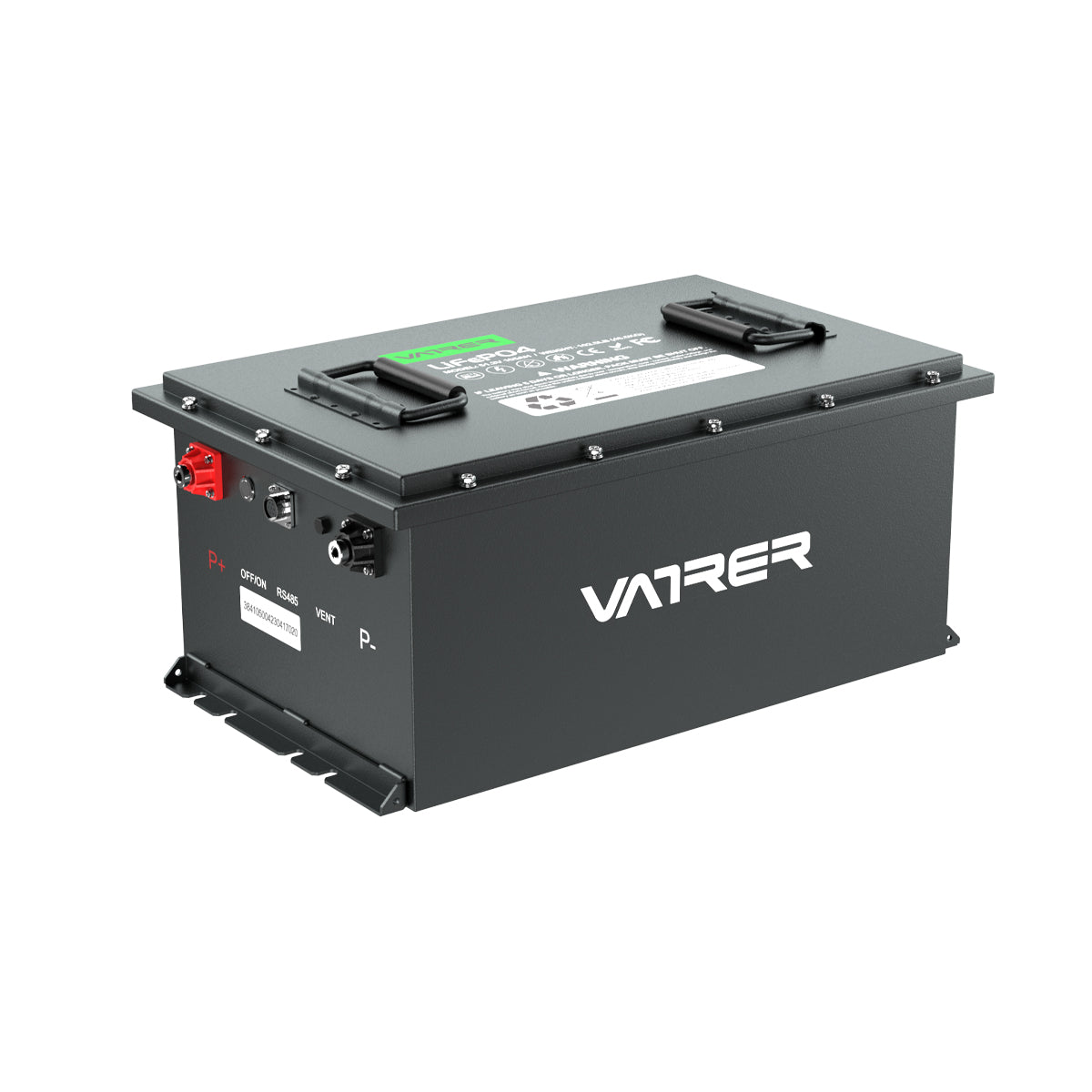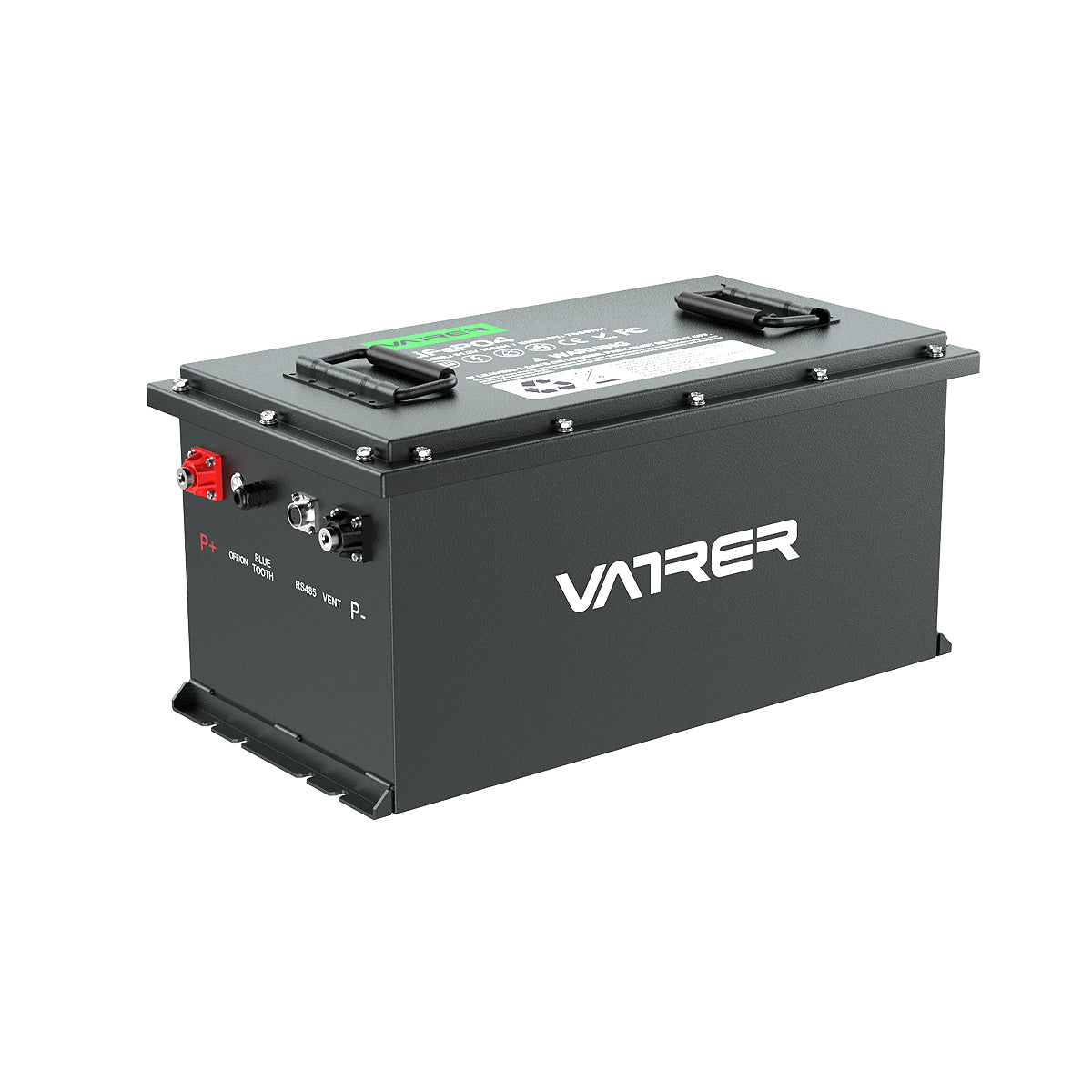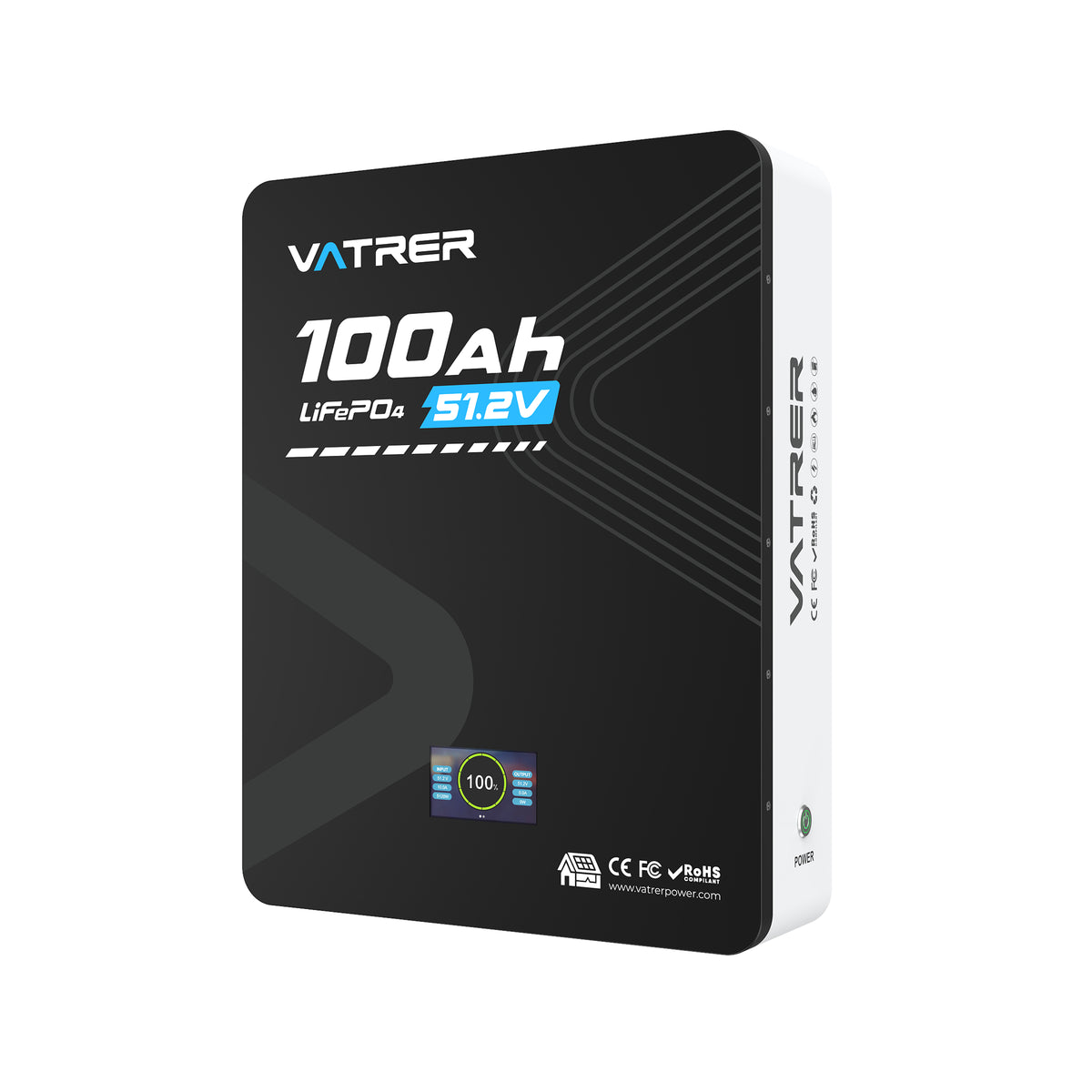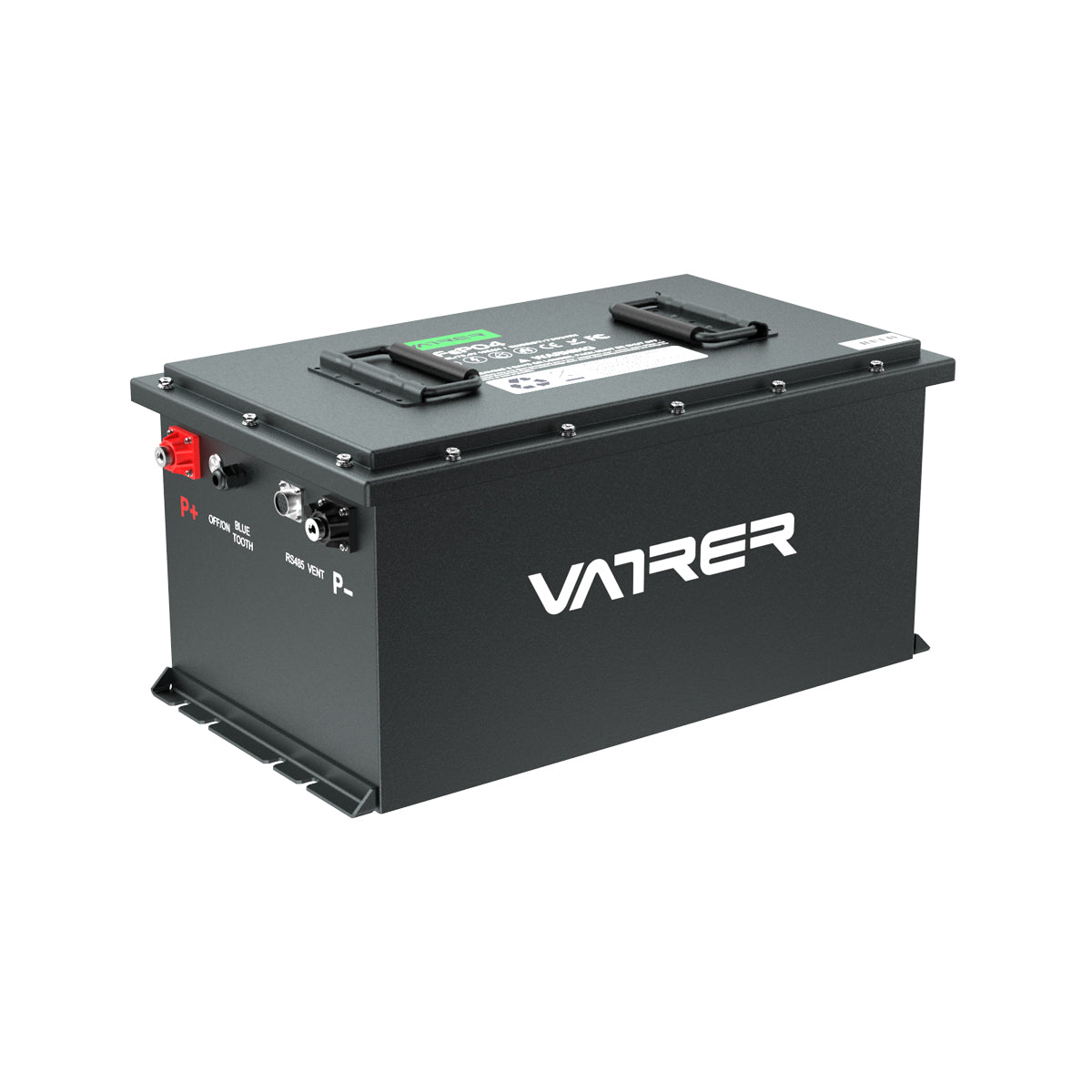When it comes to choosing a golf cart, one of the key considerations is the power system - specifically, whether to opt for a 36-volt or a 48-volt golf cart. Many buyers wonder whether a higher voltage equates to a faster golf cart. In this blog post, we'll explore the differences between 36-volt and 48-volt golf carts, focusing on speed, efficiency, and overall performance.
Understanding Voltage in Golf Carts
First, let's clarify what we mean by voltage. In electric golf carts, voltage is essentially the measure of the potential energy provided by the battery pack. It determines how much power can be delivered to the golf cart's motor. A higher voltage means more power can be supplied to the motor, which can influence the cart's performance characteristics, including speed.
Speed Comparison
Generally, the top speed of a golf cart is influenced by various factors including the motor type, the weight of the cart, and its overall design. However, voltage can also play a significant role.
-
36-Volt Golf Carts:
- Typically, 36-volt golf carts are equipped with smaller motors compared to their 48-volt counterparts.
- The standard top speed for most 36-volt golf carts is around 12 to 14 miles per hour.
- These carts are often suited for flat terrains and lighter usage.
-
48-Volt Golf Carts:
- With a higher voltage, 48-volt golf carts generally support larger motors and enhanced power systems.
- This can translate to a higher top speed, often ranging from 14 to 20 miles per hour, depending on the model and specific configurations.
- The additional voltage provides a more robust performance, particularly in hillier or more demanding terrain conditions.
Power and Efficiency
Beyond speed, there are other factors where voltage plays a crucial role:
-
Torque and Acceleration: 48-volt golf carts often exhibit better torque and acceleration compared to 36-volt carts. This makes them more capable in challenging terrains and when the cart is under higher loads (such as carrying multiple passengers or equipment).
-
Battery Efficiency: Higher voltage systems are often more efficient in terms of energy use. They can deliver greater distances per charge, especially when under stress, like climbing hills. This efficiency also means potentially longer battery life and lower long-term costs.
Making the Right Choice
Choosing between a 36-volt and a 48-volt golf cart will depend on your specific needs:
-
Usage: If you're using the cart on flat terrain and for light applications, a 36-volt cart may be sufficient. For more strenuous use, a 48-volt cart is advisable.
-
Budget: 48-volt golf carts can be more expensive upfront due to more powerful batteries and motors. Consider your budget and whether the additional speed and power are necessary for your situation.
-
Maintenance: Higher voltage carts may require more frequent or specialized maintenance, so factor in potential upkeep costs.
Conclusion
While a 48-volt golf cart generally offers higher speed and better performance compared to a 36-volt cart, the best choice depends on your personal or commercial needs. It's important to consider not just the speed, but also the efficiency, terrain, and usage requirements before making a decision. As with any vehicle purchase, evaluate your options thoroughly to find the best match for your lifestyle or business needs.





